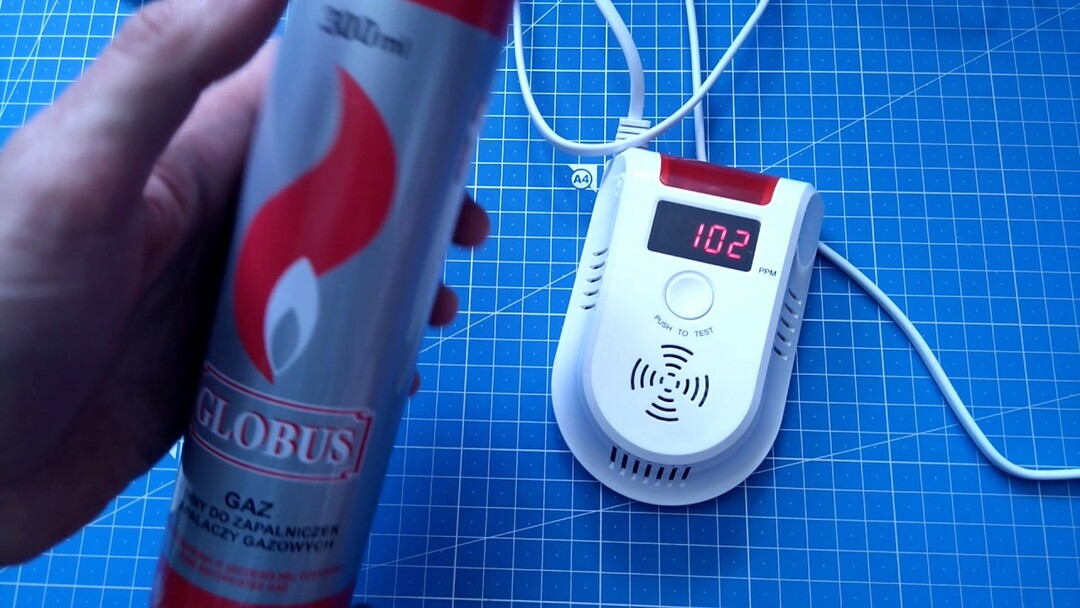When arranging gas supply to your house or apartment, you need to think through a huge number of things, in particular, the distance from sockets to the gas pipe, regardless of when the electrical wiring was installed or reconstructed, before the development of the project or after.
Another insane requirement, recommendations to complicate the process, or reasonable standards? And what will happen if the norms are not observed and the wires are sculpted anywhere?
We will answer these and many other questions about the combination of electricity and gas supply in one room in detail.
The content of the article:
-
Location of electrical wiring and gas equipment
- What does the law say?
- Why do you need to keep distances?
- Liability for non-compliance with requirements
- How to avoid problems?
- Conclusions and useful video on the topic
Location of electrical wiring and gas equipment
Kitchens in different apartments and houses differ from each other in their size. It can be a chic plantation for cooking, a place in which everything you need can fit or a cramped closet, where a stove with a refrigerator and a cupboard for cereals fit in - and good.
One way or another, in any kitchen there is electrical wiring that powers the hood, pumps, equipment for supplying and circulating water, as well as household appliances such as a refrigerator or microwave.
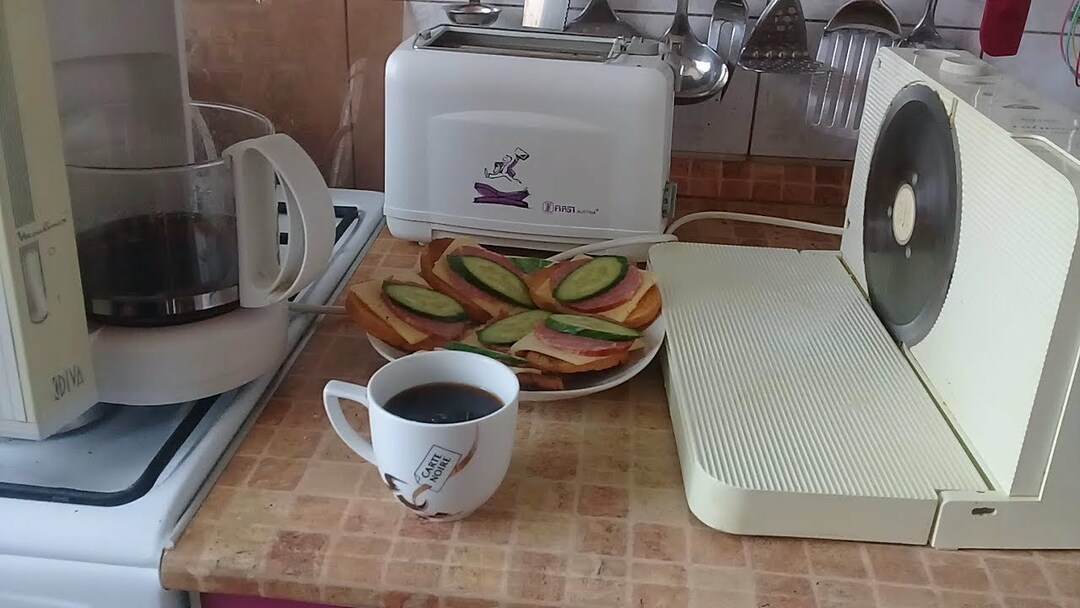
In the kitchen, everyone has a huge number of electrical appliances. But in addition to them, other volatile installations may also be in this room - a boiler, a gas stove and a column
And this is at a minimum, not counting the electrically dependent heating boilers and gas stoves.
Thus, electrical wiring is almost always combined with a gas pipeline in the same room.
What does the law say?
Of course, the distance between the carriers of these two energy resources is not far-fetched, but carefully calculated by specialists and included in the relevant regulations.
It:
- PUE-6;
- PUE-7;
- SP 402.1325800.2018.
Let's start with the PUE (electrical installation rules). We are interested in the 6th and 7th editions. V paragraph 2.1.56PUE-6 it is specified that when crossing wires and cables with pipelines containing flammable gases, the distance between them must be at least 100 mm. At the same time, wires passing in "hot" zones must be provided with additional thermal protection and protection against mechanical damage.
Parallel routing features are described paragraph 2.1.57, in which the distance is normalized to 400 mm, and again, near hot pipes, wires and cables must be protected.
PUE-7 more categorical. Clause 7.1.50 normalizes the distance of 0.5 meters from any switches, sockets and other wiring elements.

In fact, PUEs are recommendatory norms for individuals and the obligation to apply their individual clauses is vague. However, clauses referred to by other acts approved as mandatory do not apply to voluntary.
However, there are still mandatory for all Rules for the design of gas consumption systems introduced June 6, 2019 and defined as SP 402.1325800.2018.
Consider what is said in this Code of Practice about wiring and gas pipelines. V paragraph 5.1 it is indicated that any gas stove must be equipped with a gas control system to help prevent fuel from being fed to the nozzles if the flame goes out. And besides, between gas valve and the hose is installed dielectric insert.
The requirements for ensuring fire safety are very strict, which excludes the possibility of rapid flame spread in the event of such a danger.
Clause 6.15 denotes the distance of the internal gas pipeline networks from the power supply - horizontally at least 40 cm, vertically - at least 10 cm.
Moreover, if gas-using appliances are connected to the power grid, and as we already said, such are common everywhere, there are separate rules, which we now also consider.
First of all, the distance from the gas boiler to its electrical outlet - no more than 0.5 m.

When installing the outlet according to the joint venture, do not forget about the convenience of its use and easy access to quickly turn off gas-using appliances in case of an emergency
The socket to which the blue fuel equipment is connected must be grounded and easily accessible for quick disconnection or visual inspection.
Please note that no mechanical impact should be exerted on the electrical cable and when installation / operation must not be allowed to twist, stretch or otherwise negatively affect the integrity posting actions.
It is strictly forbidden to place the wiring in the immediate vicinity of any temperature influences. Including, the distance from the gas stove to the outlet connected to it is no different from the boiler one - no more than 0.5 m with no points of contact.
Basically, it is these documents that regulate the distance of electrical wiring and electrical sources from the gas pipes in any cases, both when connecting devices operating on this fuel, and to independent installations.
Why do you need to keep distances?
At first glance, gas and electricity are 2 different resources working in combination. And yet, they are absolutely incompatible in direct contact with each other. What is it caused by?
Electrical wiring, when in contact with a hot medium, undergoes thermal melting, as a result of which a short circuit can occur and, as a result, a fire.
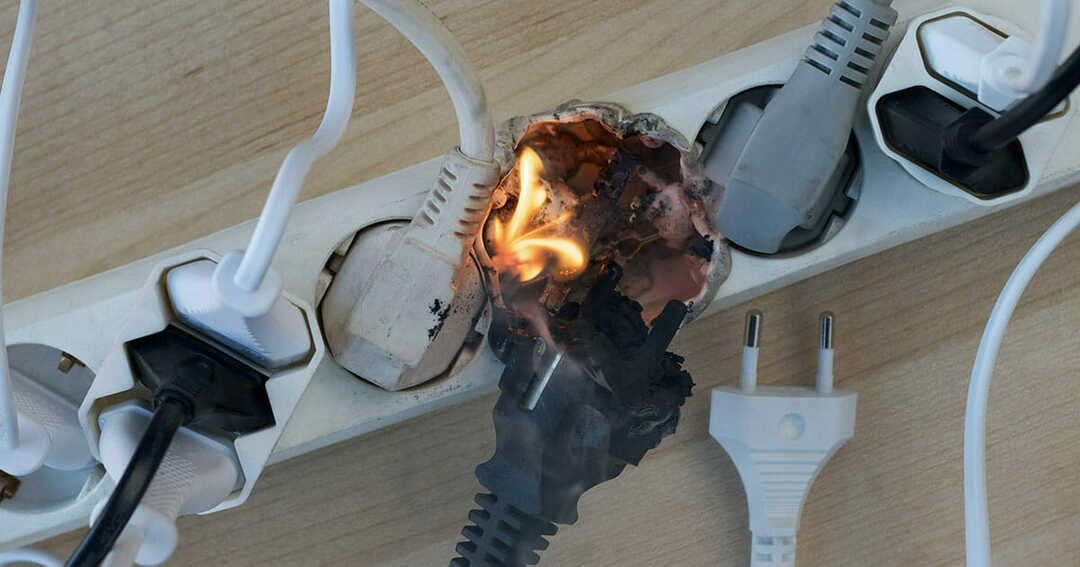
Be careful when choosing an outlet and observing PBB requirements. During the operation of the gas appliance, an illiterate installation can provoke a fire
Even if an accident on the wire line occurs not due to heating from gas-using equipment, if close to it, in the event of a simultaneous gas leak, even a small spark can provoke explosion. Not to mention the ignition of electrical wiring and the effects of flames on gas pipes.
But that is not all. It is very important to provide for a high-quality wiring located next to the gas distribution system. Often, especially in houses of old buildings, the wires were laid according to the "zero-phase" system, that is, no grounding was provided.
The modern wiring system involves a transition to a three-core one. Accordingly, in old switchboards that are not designed for 3 cores, the "ground" is thrown to zero.
During the connection of a large number of electrical devices, zero may burn out, which leads to an increase in voltage and fire. Imagine what would happen if the voltage falls on a gas stove connected to electricity.
In fact, the heating element effect can occur in the pipes going to the riser, not to mention more serious consequences, for example, an explosion. The dielectric insert mentioned in SP 402.1325800.2018 is necessary precisely in order to neutralize the conductivity gas hose.

The dielectric insert is a cut-off fitting that helps to exclude the stray currents through the gas pipeline inside the apartment or inside the house. Also called insulating insert
Dangerous and bare, due to any reason, the wiring wire caught on the gas pipes. It will create a voltage on the pipeline, which will, in principle, be grounded, but in theory it is still dangerous to life and possible fire.
Liability for non-compliance with requirements
Of course, as in the case of any other violation of the approved rules and regulations, in case of non-compliance mandatory distances from the gas pipe to the laid electrical cable, for citizens it is provided a responsibility.
Administrative Code of the Russian Federation Article 9.4 promises to impose fines on violators. Well, and of course, for a dangerous connection, various regulatory documents practically ensure disconnection from the line if the malfunctions are not eliminated.
By the way, monetary punishments are not so significant, even for repeated violations.
And, on the one hand, the punishment will still be borne by the performer, and this, according to all the rules, is an organization that has permits and licenses to lay gas and electric networks. And they initially will not take risks if a responsible organization with work experience is selected.
But, as practice shows, most consumers use the services of private electricians without proper documentation and contracts, or they do the wiring themselves.
And this is already Art. 7.19 of the Code of Administrative Offenses of the Russian Federation - unauthorized connection, for which also faces a fine. Well, and of course, in the event of an unintentional harm to health and damage to the property of other citizens, in as a result of unlawful activity, the punishment will be even more severe - up to a prison conclusions.
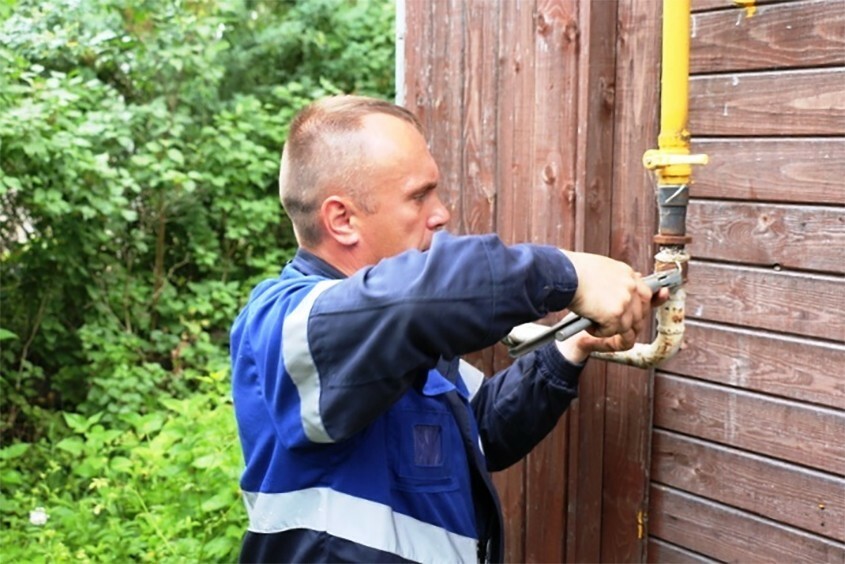
P 88 PP RF N 410 of 05/14/2013 states that all manipulations with gas equipment, including connection slabs can only be carried out by organizations that have the appropriate admission and license for such types of work
It is very difficult to answer unequivocally the question of what awaits you if the required distances are not observed. This is all at the discretion of higher and official authorities.
How to avoid problems?
First of all, compliance with the rules is your health and safety for your life.
Therefore, if you combine gas and electrics, use a few simple guidelines:
- Observe the rules of the PUE and SP exactly.
- At the entrance to your apartment, install a residual current device that guarantees a power outage in case of problems with the neutral wire.
- Before installing the wiring, make sure that the new one will match the old circuit (if it does not change).
- The gas stove cannot be grounded through the gas pipeline, as well as ordinary household items that run on electricity.
And besides, be sure to use the services of experienced electricians and conclude contracts when installing electrics for gas appliances.
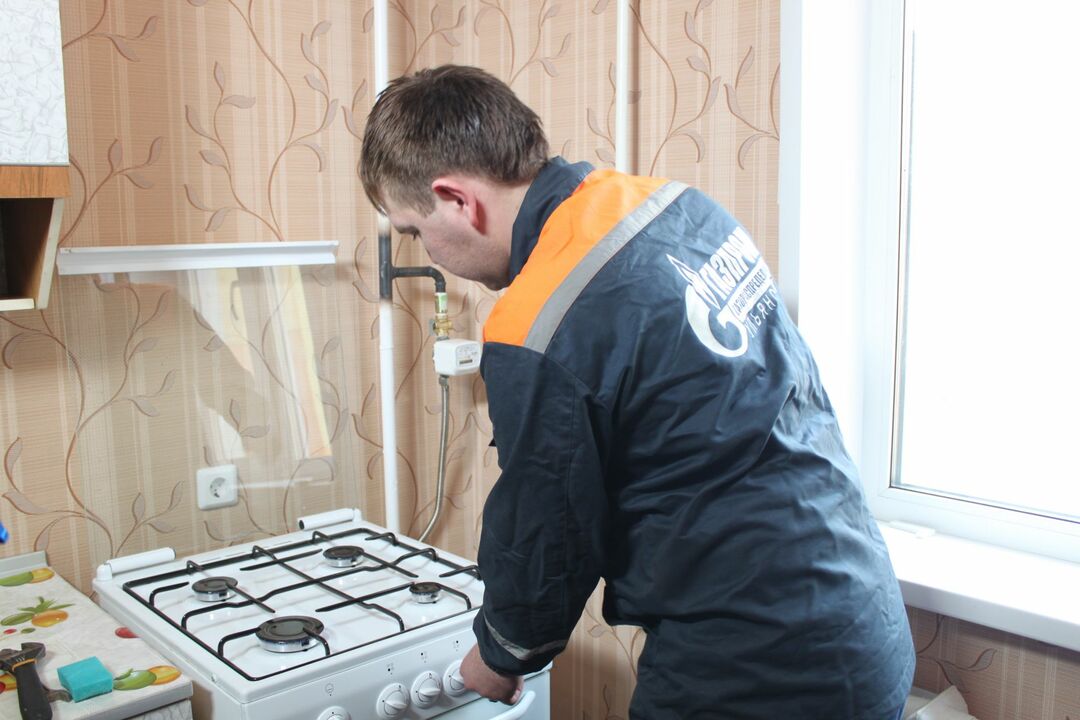
Always check the license and documents with the gas workers whom you call for the installation of gas-using equipment. In addition, be sure to conclude a bilateral agreement and make sure that the installation of electrics to the devices is done in accordance with all the rules.
All of these recommendations will help you avoid problems with regulatory structures and ensure a safe power supply.
Conclusions and useful video on the topic
What is electric ignition and gas control, is it really necessary to combine gas and electricity:
Thus, the PUE and the joint venture, which normalize the distance to the gas pipeline, are clearly stated and do not allow contradictions in practice. However, the fact is that all these rules were not developed at all in order to complicate your life, but to save her, as well as your property, life, health and things of other people living with you or nearby.
Have you followed the standards when designing gas and electricity equipment in your house or apartment? Share your experience with us in the comments, as well as ask questions of interest on the topic of the article.


